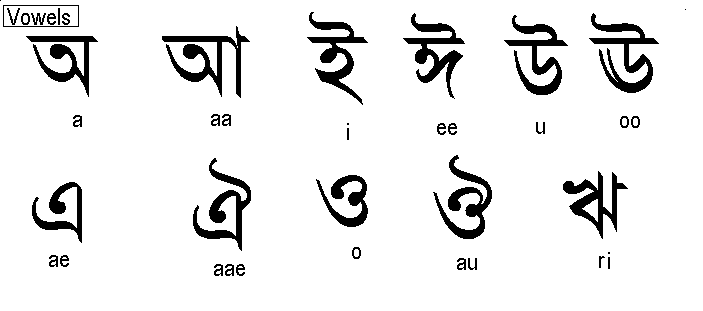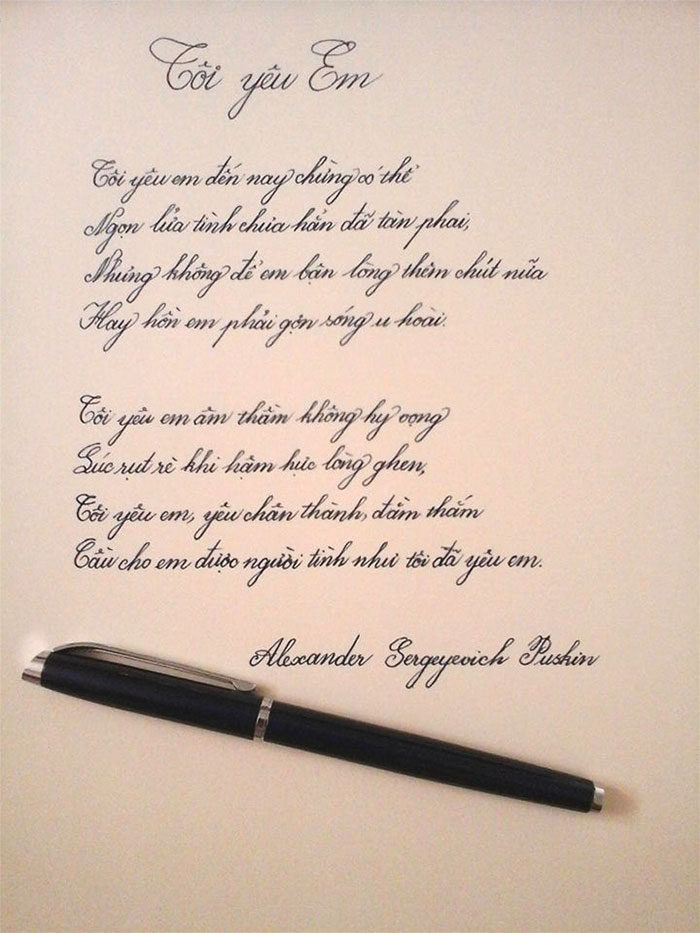



While the scripts in Bengal, Assam and Mithila remained similar to each other the Odia script developed a curved top in the 13th-14th century and became increasingly different. The modern eastern scripts (Bengali-Assamese, Odia, and Maithili) became clearly differentiated around the 14th and 15th centuries from the predecessor Gaudi. Brahmi, an ancient Indian syllabary, is the source of most native Indian scripts including the South Indian languages and Devanagari, the script associated with classical Sanskrit and other Indo-Aryan languages. All of these eastern Magadhan scripts are based on a system of characters historically related to, but distinct from, Devanagari. The Bengali-Assamese script was originally not associated with any particular regional language, but was prevalent as the main script in the eastern regions of Medieval India for Old- and Middle-Indo-Aryan including Sanskrit.


 0 kommentar(er)
0 kommentar(er)
